 How to Treat Your Trading as a Business
How to Treat Your Trading as a Business
Let me state from the outset that trading is a business and not gambling. If you treat it as gambling you will wind up the same way most people do who frequent casinos, which is to see your account wiped out. On the other hand, if you treat trading as a business you have a better chance to succeed.
Treat Trading as a Business
In business, a company needs to have sales exceed expenses to produce a profit. It
needs to evaluate its different divisions to see which ones are profitable, which ones are
losing money, which ones are over performing and which ones are underperforming. A
business then needs to decide whether to keep unprofitable or underperforming
divisions and where the best place is to allocate capital. It also needs to manage its
cash flow to make sure it has operating liquidity to carry on its business.
This is no different from trading. Gains need to exceed losses to be profitable. Each
currency pair traded should be evaluated to see whether it is profitable or not and
whether it is over or underperforming other pairs. Then you need to decide which
currencies are working best with your system and which ones to scale back or stop
trading. You also need to look at your maximum drawdown as capital preservation is a
key to be able to continue with your trading business.
How to Evaluate Your Trading as a Business
1. Step one is to keep a trading log and evaluate your trading either daily, weekly or
monthly. This can be done by keeping a record of the following:
a. Average profit per winning trade (in pips and in $ terms)
b. Average profit per losing trade (in pips and in $ terms)
c. Calculate % winners vs. losers
d. Calculate whether you are making a profit or loss
e. Repeat this for each currency
f. Look at your largest winner vs. largest loser to see if this skews your average
trading performance.
g. Look at your maximum drawdown and see if that is consistent with what is
acceptable according to your risk tolerance. If not, then step back and re-
evaluate your system and/or leverage.
2. Step two is the evaluation process. Define the type of trader you are: scalper,
day, swing, trend or a combination.
a. Determine what % winners vs. losers are needed to produce a profit
1) Example 1: Let’s say you make $100 on average when right and lose
$100 on average when wrong. In this case you need to be right more than
50% of the time to produce a profit.
2) Example 2: Let’s say you make $70 when right and lose $30 when wrong.
Then you need to be right more than 30% of your trades to produce a
profit.
3) Example 3: Let’s say you make $30 when right and lose $70 when wrong.
Then you need to be right more than 70% of the time to produce a profit.’
3. Step 3 is to determine if you are not making a profit or would like to improve your
trading performance. Then evaluate your trading based on:
a. Whether you can improve your average profit vs. average loss per trade
b. Whether you can improve your % winners vs. % losers by eliminating types of
trades where you “piss” away money as you will be amazed how they can
add up during the month.
c. Whether you can improve performance by focusing on currencies that
perform best for your system
4. Step 4 is taken after evaluating your performance and tweaking your system, Set
a goal for a return on capital and determine the optimal leverage to achieve that
goal based on your system or approach.
To sum up, no one ever said trading is easy. However, it is also not gambling. It is a
business and if you treat it as such, with proper risk management, you have a chance to
succeed. Keep that in mind as you sit in front of your terminal with your finger poised to
press your mouse and execute a trade.


 How to Treat Your Trading as a Business
How to Treat Your Trading as a Business






4 comments on “How to Treat Your Forex Trading as a Business”
Pingback:
Is there a difference between forex trading and gambling? - Forex ForumPingback:
Do You Want to be a Successful Trader? - Professional tradingPingback:
How to Avoid the Forex Trading Death Spiral - Professional tradingPingback:
How to Beat Your Forex Broker in It's own Game - Professional trading